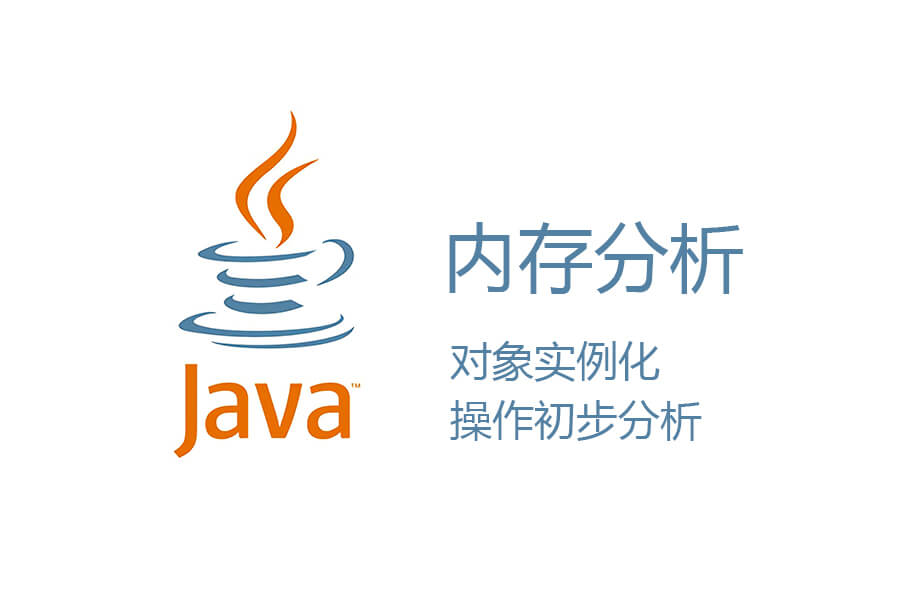1. 继承Thread类
①创建一个继承于Thread类的子类
②重写Thread类的run()
③创建继承Thread类的子类的对象
④通过此对象调用start()
1
2
3
4
5
6
7
8
9
10
11
12
13
14
15
16
17
18
19
20
|
class MyThread extends Thread{
@Override
public void run() {
System.out.println(Thread.currentThread().getName());
}
}
public class ThreadDemo {
public static void main(String[] args) {
MyThread myThread1 = new MyThread();
MyThread myThread2 = new MyThread();
myThread1.start();
myThread2.start();
}
}
|
启动一个线程必须调用start(),不能调用run()。start()的作用为启动当前线程,调用当前线程的run()。如果再启动一个线程,必须重新创建一个Thread子类的对象,调用此对象的start()。
2.实现Runnable接口
①创建一个实现Runnable接口的类
②实现类去实现Runnable中的抽象方法:run()
③创建实现类的对象
④将此对象作为参数传递到Thread类的构造器中,创建Thread类的对象
⑤通过Thread类的对象调用start()
1
2
3
4
5
6
7
8
9
10
11
12
13
14
15
16
17
18
19
20
21
22
23
|
class MyThread implements Runnable{
@Override
public void run() {
System.out.println(Thread.currentThread().getName());
}
}
public class RunnableDemo {
public static void main(String[] args) {
MyThread myThread = new MyThread();
Thread thread1 = new Thread(myThread);
Thread thread2 = new Thread(myThread);
thread1.start();
thread2.start();
}
}
|
以上两种实现方式在开发中优先选择实现 Runnable口的方式,一是实现的方式没类的单继承性的局限性;二是实现的方式更适合处理多个线程共享数据的情况。两种方式都需要重写run(),将线程要执行的逻辑声明在run()中。
JDK5.0新增线程创建方式
3. 实现Callable接口
与使用Runnable相比,Callable功能更强大
- 相比run()方法,可以有返回值(需要借助FutureTask类)
- 方法可以抛出异常
- 支持泛型的返回值
①创建一个实现Callable的实现类
②实现call方法,将此线程需要执行的操作声明在call()中
③创建Callable接口实现类的对象
④ 将此Callable接口实现类的对象作为传递到FutureTask构造器中,创建FutureTask的对象
⑤将FutureTask的对象作为参数传递到Thread类的构造器中,创建Thread对象,并调用start()
⑥如果想要获取call方法的返回值,可以通过FutureTask的get方法获取
1
2
3
4
5
6
7
8
9
10
11
12
13
14
15
16
17
18
19
20
21
22
23
24
25
26
27
28
29
30
31
32
33
34
35
36
37
38
39
40
41
| import java.util.concurrent.Callable;
import java.util.concurrent.ExecutionException;
import java.util.concurrent.FutureTask;
class NumThread implements Callable {
@Override
public Object call() throws Exception {
int sum = 0;
for (int i = 1; i <= 100; i++) {
if(i % 2 == 0){
System.out.println(Thread.currentThread().getName()+":"+i);
sum += i;
}
}
return sum;
}
}
public class CallableTest {
public static void main(String[] args) {
NumThread numThread = new NumThread();
FutureTask futureTask = new FutureTask(numThread);
new Thread(futureTask).start();
try {
Object sum = futureTask.get();
System.out.println("总和为"+sum);
} catch (InterruptedException e) {
e.printStackTrace();
} catch (ExecutionException e) {
e.printStackTrace();
}
}
}
|
4. 使用线程池
线程池提前创建好多个线程,放入线程池中,使用时直接获取,使用完放回池中。可以避免频繁创建销毀、实现重复利用。
1
2
3
4
5
6
7
8
9
10
11
12
13
14
15
16
17
18
19
20
21
22
23
24
25
26
27
28
29
30
31
32
33
34
35
36
37
38
39
40
41
42
43
44
45
46
47
48
49
50
| import java.util.concurrent.Callable;
import java.util.concurrent.Executors;
import java.util.concurrent.FutureTask;
import java.util.concurrent.ThreadPoolExecutor;
class CallableThread implements Callable{
@Override
public Object call() throws Exception {
for (int i = 0; i < 100; i++) {
if(i % 2 ==0) {
System.out.println(Thread.currentThread().getName()+"输出:"+i);
}
}
return null;
}
}
class RunnableThread implements Runnable{
@Override
public void run() {
for (int i = 0; i < 100; i++) {
if(i % 2 ==0) {
System.out.println(Thread.currentThread().getName()+"输出:"+i);
}
}
}
}
public class ThreadPool {
public static void main(String[] args) {
ThreadPoolExecutor service = (ThreadPoolExecutor)Executors.newFixedThreadPool(10);
RunnableThread runnableThread = new RunnableThread();
service.execute(runnableThread);
CallableThread callableThread = new CallableThread();
FutureTask futureTask = new FutureTask(callableThread);
service.submit(futureTask);
service.shutdown();
}
}
|
使用线程池的好处
降低资源消耗:通过重复利用已创建的线程降低线程创建和销毁造成的消耗,重复利用线程池中线程,不需要每次都创建。
提高响应速度:当任务到达时,可以不需要等待线程创建就能立即执行,减少了创建新线程的时间
提高线程的可管理性:线程是稀缺资源,如果无限制的创建,不仅会消耗系统资源,还会降低系统的稳定性,使用线程池可以进行统一的分配,监控和调优


